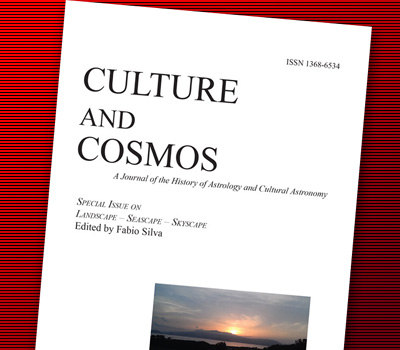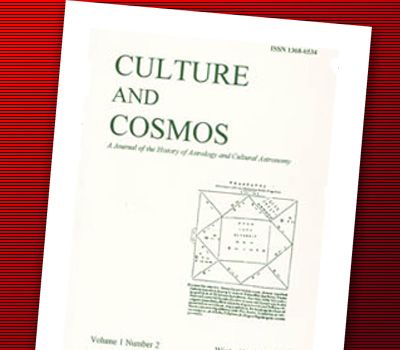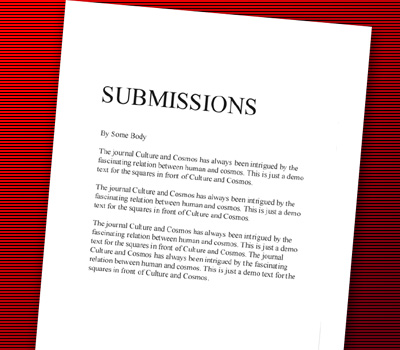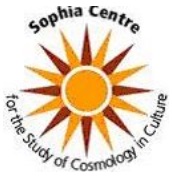We are currently seeking submissions for future volumes of Culture and Cosmos.
Volume 21
Petra Revisited: An Astronomical Approach to the Nabataean Cultic Calendar
Juan Antonio Belmonte and A. César González García
Abstract
Petra, the ancient Nabataean capital, has been one of our main research objectives since the first field campaign on site in 1996 (4). In December 2015 a new visit to the city was made to coincide with the winter solstice. Historical, ethnographic, epigraphic and archaeological records are compared in order to gain an insight on the Nabataean calendar. From this multi-source analysis two main points arise: the importance of both equinoxes and winter solstice within the lunisolar calendar and the relevance of some processions and pilgrimages. These combined with illumination effects observed and broadcasted at the principal monuments of Petra, and new important hierophanies, predicted in previous campaigns (5), indicate the relevance of these dates at the time of the Nabataeans. Winter solstice was an important event in the Nabataean cultic calendar when a festival of the main deities of the city, the God Dushara and his partner the goddess Al-Uzza, was commemorated. This probably took the form of a pilgrimage, and related cultic activities, such as ascending from the temples at the centre of the city (presumably from Qsar el Bint and the Temple of the Winged Lions), to the Monastery (Ad-Deir) through an elaborated stone-carved processional way. The relevance of the spring and autumn equinox within the cultic calendar will also be emphasized in relationship to other sacred sites in Petra, such as the Zibb Atuff obelisks, and additional Nabataean sites.
(4) Juan A. Belmonte, 'Mediterranean archaeoastronomy & archaeotopography: Nabataean Petra', in A. Lebeuf & M. Ziolkowsky, eds., Proc. V SEAC Meeting (Gdansk: Institute of Archaeology, 1999): pp. 77-90.
(5) Juan A. Belmonte, A. César González García and Andrea Polcaro, 'Light and Shadows over Petra: Astronomy and Landscape in Nabataean Lands', Nexus 15 (2013): pp. 487-501.









